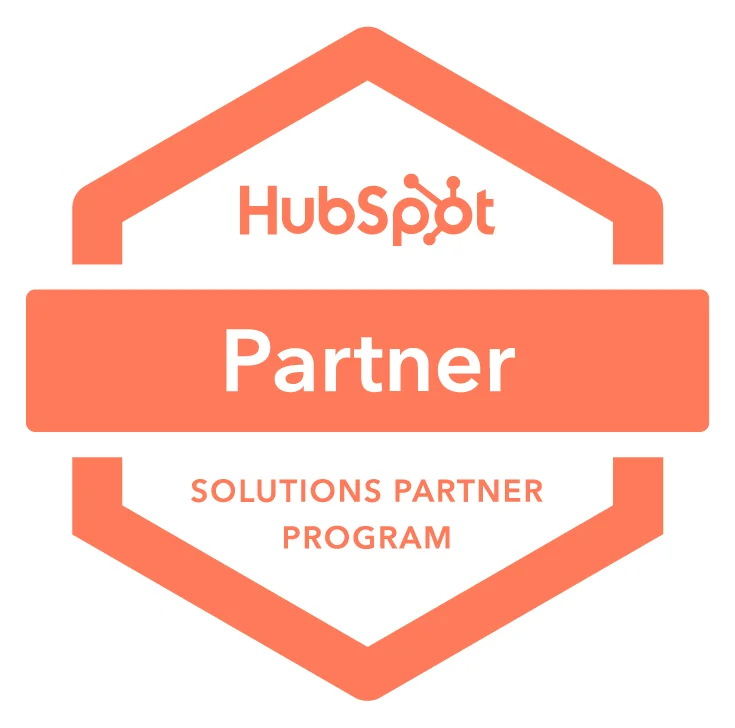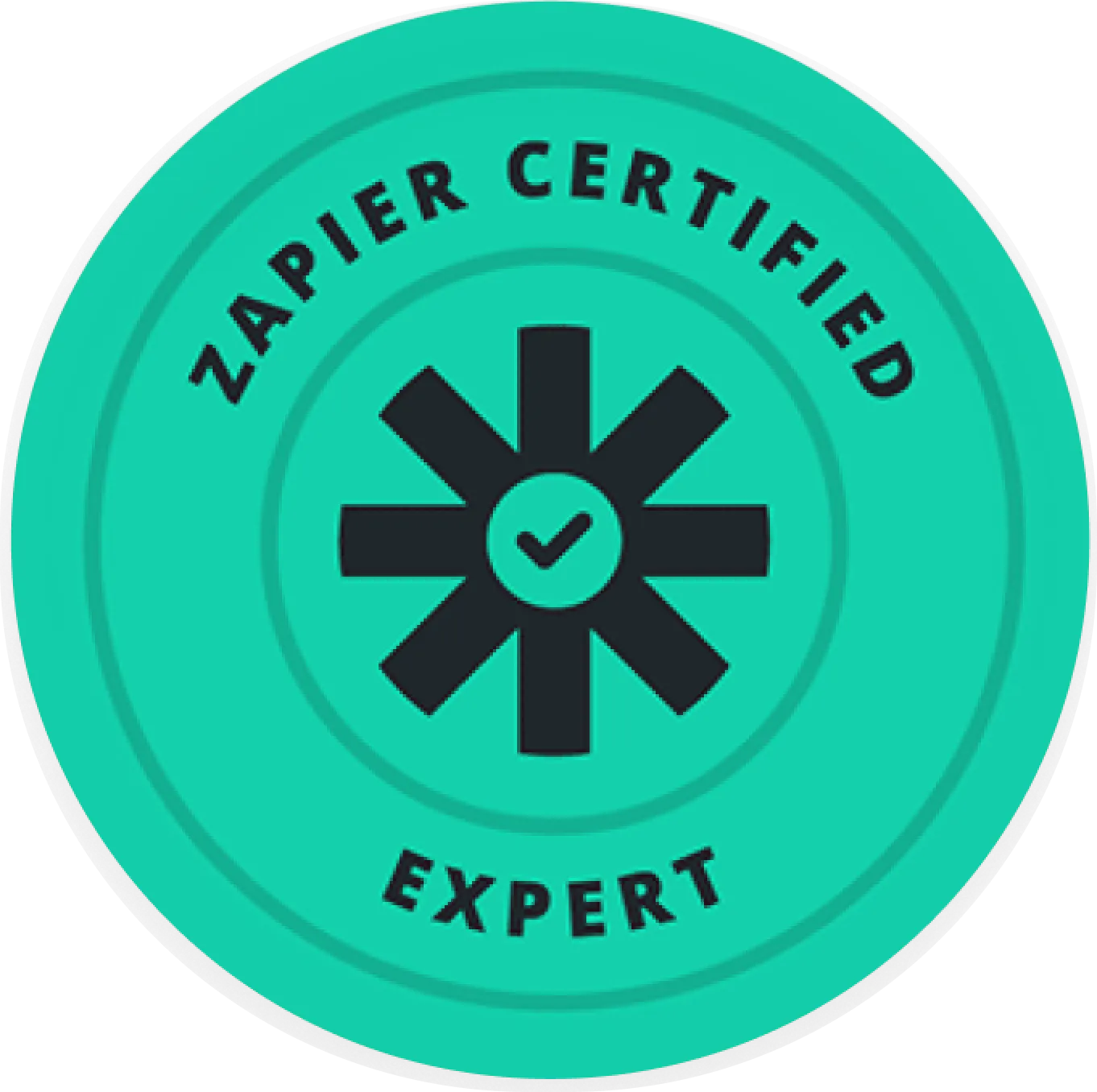How one AI can save hours of paralegal work
A typical image of a paralegal is this: buried under a mountain of papers, hundreds of numbered boxes of documents inside, desperately searching for hours for the one document that could save their client’s case. We helped a legal company change their paralegal help to this: one click.
Complex legal cases mean hundreds of hours of work for both lawyers and their paralegal helpers. The case files are stuffy, unorganized and can reach up to tens of thousands of pages. Answering even the simplest of questions, such as “Who was present at the meeting on 20 December 2024?” means looking for a needle in a haystack.
A legal company wanted to cut back on this work by using Artificial Intelligence and reached out to Makeitfuture, after listening to founder Tibieriu Socaci at one of the most important no-code conferences, in Prague.
Building an AI agent that answers questions based on a couple of uploaded documents is a straightforward automation case nowadays. However, having an agent that reliably answers from a large number of documents, without hallucinating, is a much more complex task.
The AI needed to search through tens of thousands of transcripts, scanned documents, photographed handwritten testimonies, Excel spreadsheets and complicated legal texts. When it was asked a question, it needed to be directed to the correct case file related to that particular client, so that it did not retrieve confidential information about another. Not to mention the high stakes: under no circumstance was it allowed to hallucinate information.
This was not simply uploading a file to ChatGPT and asking it to answer some questions.
The approach proposed by MakeItFuture relied on a concept that was fairly new at the time: Retrieval Augmented Generation (RAG). RAG is a process that happens backstage which allows users to provide personalized context to an AI model.
To better illustrate the case, imagine asking ChatGPT who were the participants to the internal meeting of your company on 20 December 2024, without giving it any context. Because GPT’s current knowledge cutoff is October 2023, it has no way of knowing this information. It will simply make up some names when answering, a process called “hallucination”.
RAG is a process through which the AI can search within a database of your own documents for that particular answer. Imagine asking ChatGPT the same question, but providing it with some background information about several meetings: the one on 20 December 2024, one in the spring and another random text about a team building exercise. Now, the AI model has enough information at its disposal to correctly identify the required piece of information and generate a straight-forward, factually-correct answer. This is the power of RAG.
Retrieval Augmented Generation was the perfect solution for the challenges of the law company. “I appreciated your team's creativity and proactivity”, said the client, who was impressed by the suggestions and the technical approach to the challenge.
When the AI model was asked about a random detail which could be found at the bottom of a page inside a 10.000 page case-fould, the RAG process would take over the search, return relevant pieces of information in a matter of seconds and provide the AI with the factually correct information to answer the question truthfully.

Let’s break down the steps, in reverse order:
Bubble for the client - paralegal LLM interface
The law company wanted a straightforward, easy to use chat-like interface, where clients could login and ask questions about their own casefile. We created the interface using Bubble and connected it with an AI model in make.com, the headquarters of all our automation processes. The client will ask the question and receive not only an answer, but also digital copies of the documents of where the answer was sourced from.
Pinecone and ChatGPT for truthful answers
Once the client asked a question in the interface, the question was not immediately sent to an AI, but rather to a database which contained all the case files of that particular client. The database we used is called Pinecone and it allows for documents to be found based on a natural-language question rather than keywords. Pinecone contains documents encoded in a special format, called “embeddings”, so that they can be searchable by meaning and context instead of keywords. The search can be formulated in natural language, such as “Who participated in the meeting of 20 of December?”, instead of keyword combinations such as participants + meeting + 20Dec. Vector databases like Pinecone also allow for the possibility of finding documents that do not contain the actual keyword in the user’s question, but rather a synonym.
Based on the natural language question, Pinecone retrieves the most relevant pieces of information in the database and they can be later provided for ChatGPT to use as context when answering. Each piece of information is also linked back to the digital copy of its source.
Now with the relevant information at hand and a clear question from the user, the AI model is able to answer the question in a precise and truthful manner. The answer is captured by make.com and sent back to the Bubble interface, where the client can see not only the answer, but also can click on the actual document and double-check the answer in case they are not sure.
Results: 10-20 hours per week saved
“We now save 10-20 hours on paralegal activities” says the law firm who is using the LLM system set up by Makeitfuture. The company is relying on the AI system to quickly find relevant information from its millions of casefile pages and it has a fool-proof system of checking all facts against the original documents.
Empower your AI processes with custom knowledge
RAG processes can be the key from turning artificial intelligence from a fun toy in your company into a useful assistant. By using this technology that is able to perform a smart search through your internal documents, you can set-up your custom sales virtual assistants, customer support bots, onboarding helpers, e-commerce recommender systems and much more. TALK TO US NOW to find out whether augmented AI could save hours of work in your own business.
















